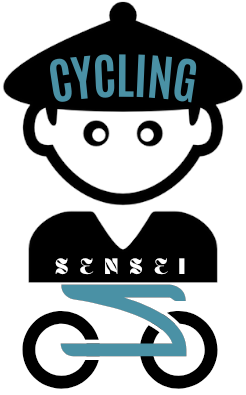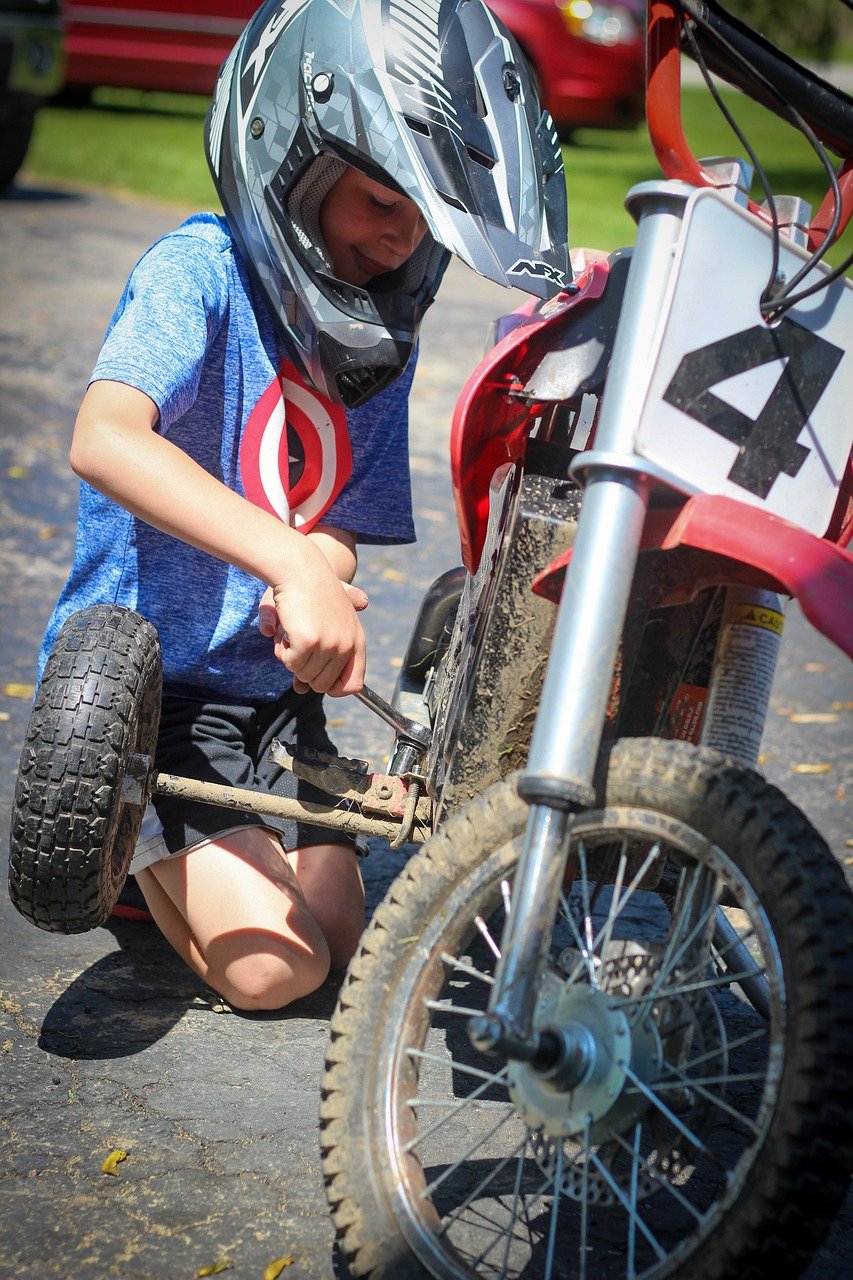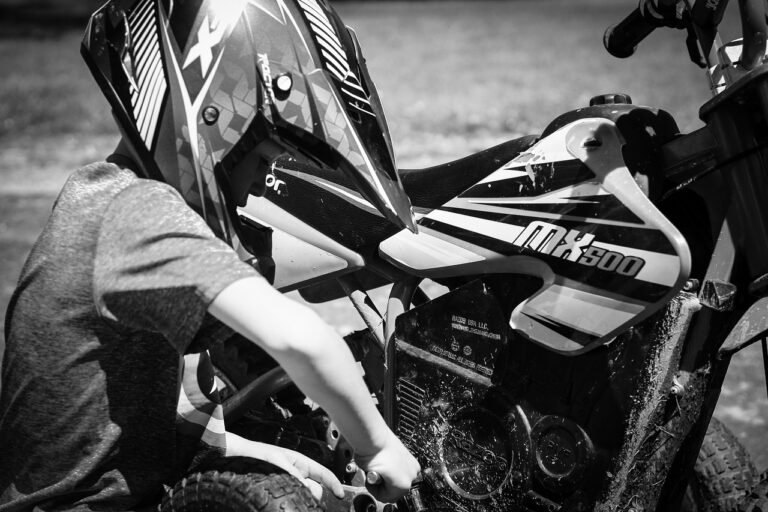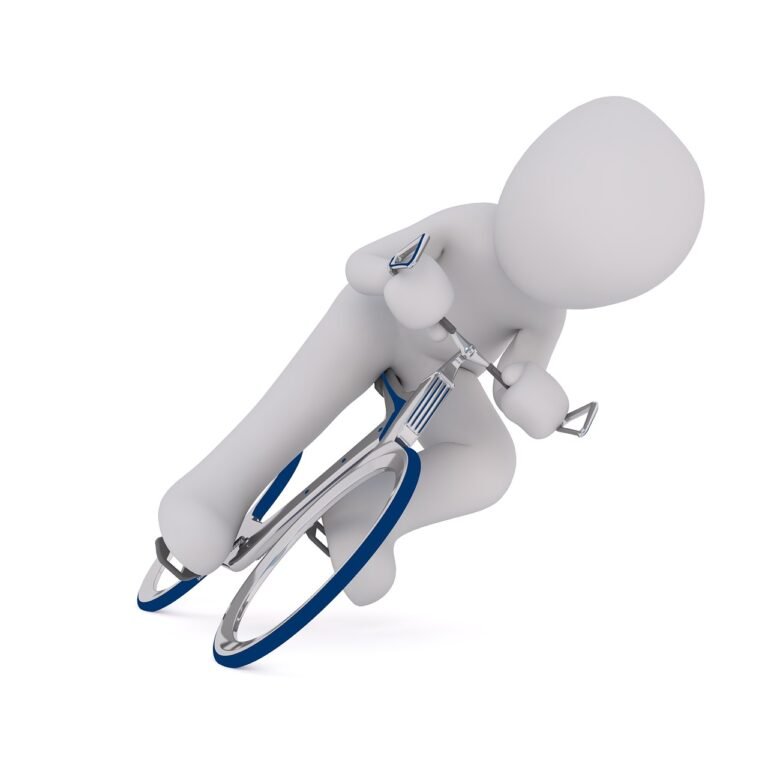How Do I Check For Wear And Tear On My Bike’s Drivetrain?
If you’re an avid cyclist, you know that your bike’s drivetrain is a critical component that keeps everything running smoothly. But as with any mechanical part, wear and tear is inevitable over time. So, how can you determine if your bike’s drivetrain needs some attention? Well, fear not! In this article, we’ll guide you through some easy steps to check for wear and tear on your beloved bike’s drivetrain. So, grab your tools and let’s get started!
Visual Inspection
Inspect the Chain
To begin assessing the condition of your bike’s drivetrain, start by inspecting the chain. Look for any signs of rust, dirt buildup, or excessive stretching. A clean and well-lubricated chain is essential for smooth shifting and efficient pedaling. If you notice any damaged or heavily worn links, it may be time to replace the chain.
Check the Chainrings
Next, direct your attention to the chainrings – the toothed rings that the chain wraps around. Inspect each chainring for signs of tooth wear. If the teeth appear sharp and well-defined, they are likely in good condition. However, if you notice significant wear or hooked-shaped teeth, it’s a clear indication that the chainrings need to be replaced.
Examine the Cassette
Moving on, examine the cassette, which is the set of gear cogs mounted on the rear wheel. Inspect each cog carefully to assess their condition. Look for any signs of wear patterns, such as sharp or pointed teeth. If you notice excessive wear or rounded teeth, it’s time to replace the cassette.
Inspect the Derailleurs
Lastly, inspect the derailleurs, which are responsible for shifting gears and maintaining chain tension. Check the pivot points of both the front and rear derailleurs for any signs of looseness or excessive play. Additionally, examine the jockey wheels on the rear derailleur and ensure they spin freely. Lastly, check the alignment of the derailleur cage to ensure it is parallel to the chainrings and cogs. Any misalignment should be corrected for optimal performance.
Measuring Chain Wear
Using a Chain Wear Indicator
To determine the level of wear on your chain, a chain wear indicator tool can be incredibly useful. This tool measures the distance between the links, allowing you to assess the elongation of the chain. When the wear exceeds 0.5%, it’s generally recommended to replace the chain to prevent premature wear on other drivetrain components.
Checking for Stretch
Alternatively, you can perform a simple stretch test using a ruler or measuring tape. Find a two-inch section of the chain and measure its length. A new chain should measure precisely two inches. If the length exceeds 2 and 1/16 inches, it indicates significant stretch and the need for a replacement.
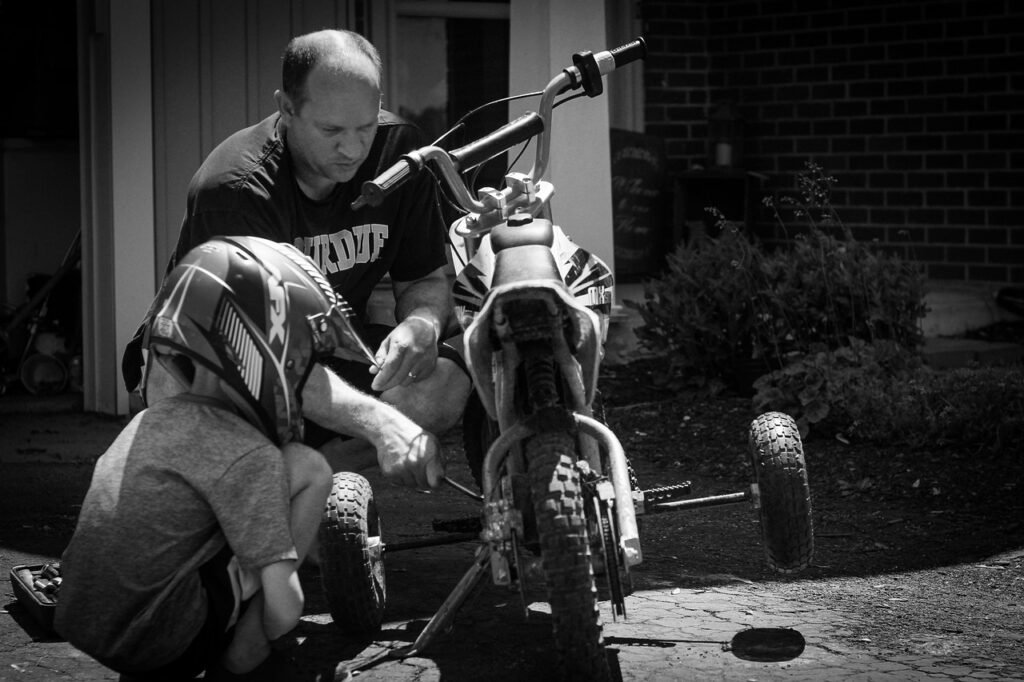
Assessing Chainring Condition
Inspecting Tooth Wear
When inspecting the chainrings, pay close attention to the condition of the individual teeth. Look for signs of wear, such as flattening or sharp edges. Worn chainrings can negatively affect shifting performance and may cause the chain to skip or slip under load. If the tooth wear is severe, replacing the chainrings is necessary to ensure smooth and reliable gear changes.
Checking for Bent Teeth
In addition to tooth wear, it’s crucial to check for any bent or damaged teeth on the chainrings. Bent teeth can lead to chain derailment and jeopardize your safety while riding. If you notice any bent teeth, immediately replace the affected chainring to maintain the integrity of your drivetrain.
Examining Cassette Wear
Inspecting Cog Teeth
Similar to chainrings, inspecting the teeth on the cassette is crucial to assess its condition accurately. Look for signs of wear, such as pointed or shark-fin-shaped teeth. Worn cassette teeth can cause poor shifting performance and may result in chain skipping. If the wear is significant, it’s advisable to replace the cassette to restore optimal gear engagement.
Checking for Wear Patterns
Apart from individual tooth inspection, examine the cassette for wear patterns across all the cogs. Uneven wear can occur if you frequently use specific gears, leading to premature wear and poor shifting performance. If you notice irregular wear, consider replacing the cassette to ensure consistent shifting and prolong the lifespan of other drivetrain components.
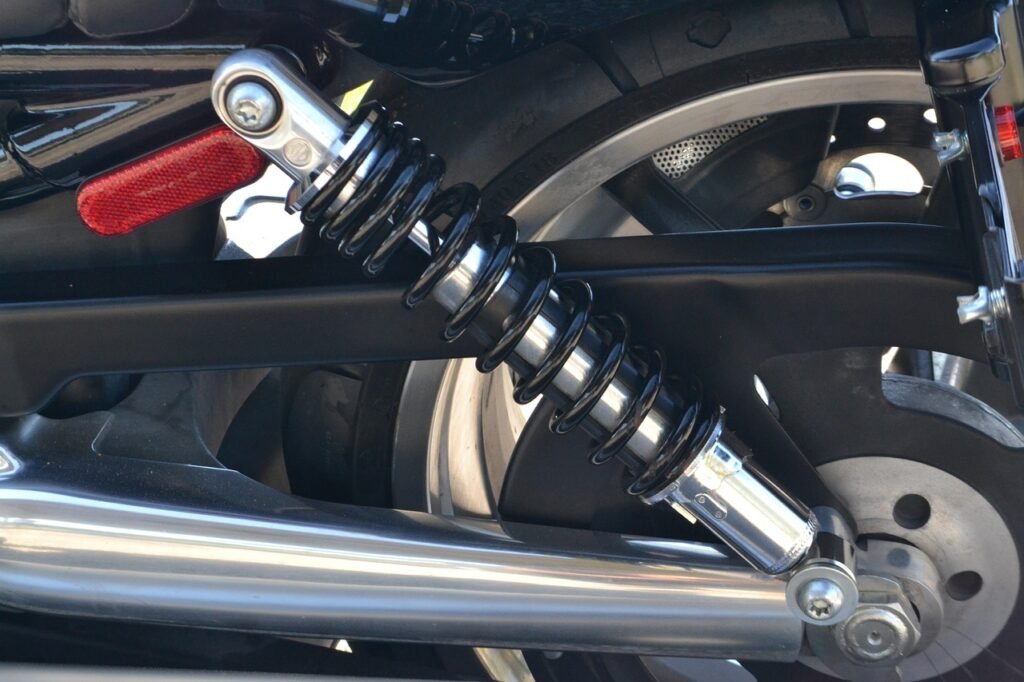
Evaluating Derailleur Function
Checking Pivot Points
To assess the functionality of the derailleurs, start by checking the pivot points for any play or looseness. Gently move the derailleur cage back and forth, feeling for any excessive movement or sloppiness. Tighten any loose pivot points to maintain accurate shifting performance.
Assessing Jockey Wheels
Next, focus on the jockey wheels of the rear derailleur. These small wheels guide the chain, and their smooth rotation is essential for efficient shifting. Spin the jockey wheels by hand and listen for any roughness or grinding sounds. If they do not spin smoothly, it may be necessary to clean or replace the jockey wheels.
Examining Cage Alignment
Lastly, examine the alignment of the derailleur cage. It should be parallel to the chainrings and cogs throughout the entire gear range. Misalignment can lead to poor shifting and potential chain drop. Make any necessary adjustments to ensure the derailleur cage aligns properly, maximizing shifting performance.
Listening for Unusual Sounds
Detecting Chain Noise
One way to detect drivetrain issues is by listening for unusual chain noises while pedaling. A healthy drivetrain should operate quietly, with minimal chain noise. Excessive noise, especially when shifting, may indicate issues with chain wear, derailleur misalignment, or worn cogs. Identifying and addressing these issues promptly can prevent further damage and maintain a smooth and quiet ride.
Listening for Grinding or Clicking Sounds
In addition to general chain noise, be attentive to any grinding or clicking sounds. These sounds often indicate problems such as misaligned gears, worn chainrings, or damaged cassette cogs. Identifying and resolving these issues promptly can improve gear shifting and prevent potential drivetrain failures.

Feeling for Smoothness
Evaluating Chain Movement
While riding, pay attention to the smoothness of the chain movement. A properly functioning drivetrain will allow the chain to glide effortlessly across the chainrings and cassette. Resistive or jerky movement may indicate issues such as excessive chain wear, misalignment, or insufficient lubrication. Regular maintenance and prompt action can ensure a smooth and efficient riding experience.
Checking Shifting Performance
Smooth and precise shifting is crucial for an enjoyable and efficient ride. Evaluate the shifting performance of your drivetrain. If you experience delayed or hesitant shifts, ghost shifts, or difficulty engaging specific gears, it may indicate underlying drivetrain issues. Proper adjustments, lubrication, or component replacements can remedy these problems and improve overall shifting performance.
Testing Chain Tension
Checking for Sagging
To assess the chain tension, start by lifting the rear wheel off the ground. With a firm grip on the pedal, push and pull the chain vertically. A properly tensioned chain should have minimal sag or droop. If there is excessive sagging or the chain appears loose, it may require adjustment or replacement to prevent chain skipping and improve power transfer.
Assessing Chain Slack
While testing the chain tension, also evaluate the amount of slack in the chain. Excessive chain slack can lead to poor shifting performance and may increase the risk of chain drops. Aim for a chain tension that allows smooth pedaling without excessive noise or bouncing. Adjusting the chain tension can help optimize performance and extend the lifespan of your drivetrain.
Assessing Gear Skipping
Identifying Chain Skip
If you notice your chain repeatedly slipping or skipping when pedaling, it indicates poor engagement between the chain and the gears. Chain skipping can be caused by a worn chain, worn chainrings, or a misaligned derailleur. Identifying the specific cause of the skipping is crucial to address the issue effectively and prevent further damage to the drivetrain.
Determining Gear Misalignment
Gear misalignment can also cause issues such as poor shifting, chain skipping, or difficulty engaging specific gears. If you experience any of these symptoms, it may be necessary to adjust the front and/or rear derailleur to ensure accurate gear alignment. Proper gear alignment optimizes shifting performance and prevents premature wear on the drivetrain components.
Consulting a Professional
Seeking Expert Advice
While performing regular maintenance and inspections on your bike’s drivetrain is essential, there may be cases where seeking expert advice is necessary. If you encounter issues that you are unfamiliar with or if you lack the tools and knowledge to address the problem, it’s wise to consult a professional bike mechanic. They can diagnose and resolve complex drivetrain issues, ensuring your bike operates at its best.
Consider Routine Maintenance
Preventing extensive wear and tear on your bike’s drivetrain is best achieved through routine maintenance. Regularly cleaning, lubricating, and inspecting the drivetrain can help identify potential issues before they escalate. By incorporating routine maintenance into your bike care regimen, you can prolong the lifespan of your drivetrain components and enjoy smooth and reliable rides.
In conclusion, checking for wear and tear on your bike’s drivetrain requires a thorough visual inspection, measuring chain wear, assessing chainring condition, examining cassette wear, evaluating derailleur function, listening for unusual sounds, feeling for smoothness, testing chain tension, assessing gear skipping, and considering professional advice and routine maintenance. By staying proactive in maintaining your bike’s drivetrain, you can ensure optimal performance, prolong component life, and enjoy a smoother and more enjoyable ride.
